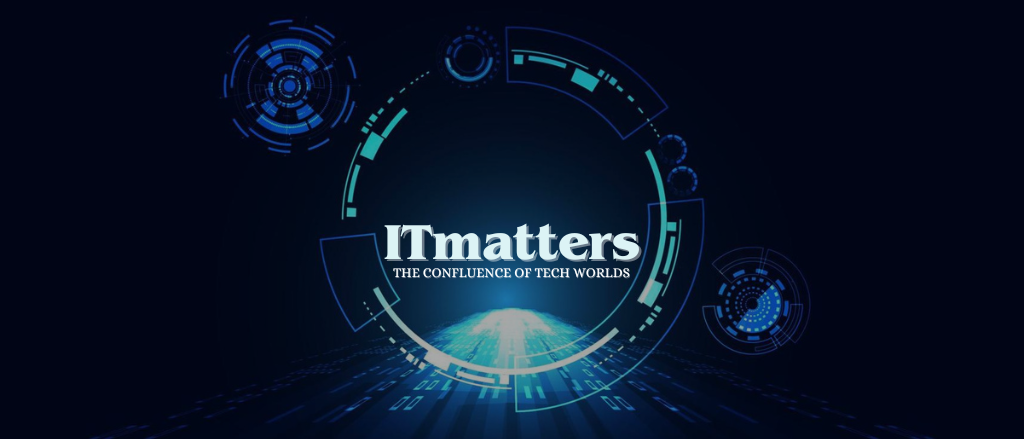
The Indian government has significantly ramped up its investment in artificial intelligence (AI) development as part of the Union Budget 2025-26. The development comes in the same week when the world witnessed Chinese AI model competing with the US. The Indian Finance Ministry has allocated ₹2000 crore to the IndiaAI mission, marking an unprecedented 1056% increase from the revised estimates of the previous fiscal year. This move signals India’s intent to enter the race of global AI leader, focusing on integrating AI into critical sectors such as agriculture and healthcare.
IndiaAI Mission: Empowering Startups and Researchers
A key feature of the IndiaAI mission is its provision of subsidized access to graphic processing units (GPUs) for start-ups and researchers. This initiative aims to facilitate the development of a homegrown AI model, reducing India’s dependence on foreign AI technologies. By offering computational resources at a lower cost, the government hopes to empower domestic talent and accelerate the country’s progress in AI-driven solutions.
Centres of Excellence in AI to Boost Governance
Additionally, the Centres of Excellence in AI have been allocated ₹200 crore in the new budget, marking an 82% increase from the revised 2024-25 estimate of ₹110 crore. These Centres are set to explore AI applications in governance, driving efficiency and innovation in public sector operations.
Indigenous AI Model
India is poised to launch its own indigenous AI model within the next six months, aiming to provide a safe, secure, and affordable AI solution tailored to the nation’s needs. This initiative is backed by a high-end common computing facility established under the IndiaAI mission, reflecting the government’s commitment to ethical and inclusive AI development. A key highlight of India’s AI model is its affordability. Global AI models typically incur computation costs ranging from $2.5 to $3 per hour. In contrast, India’s model is projected to cost less than ₹100 per hour after a 40% government subsidy. The AI model will initially focus on 18 citizen-centric applications, particularly in sectors such as agriculture, learning disabilities, and climate change.
India vs Global AI Leaders: Where Does India Stand?
While these investments signal India’s serious commitment to AI, it is important to acknowledge that the country is still in the early stages of AI development. In contrast, global AI leaders like the United States and China have already established themselves in the sector with successful large language models (LLMs). The U.S. has led the way in AI innovation, with private investments reaching $67.2 billion in 2024. China, on the other hand, has been steadily increasing its research and development spending, with plans to sustain over 7% annual growth in R&D funding over the next five years.
India’s Unique Approach: Affordability and Inclusivity
Despite trailing behind these AI giants, India’s focus on affordability and inclusivity could serve as a key differentiator. By integrating AI into critical economic sectors and making AI resources accessible to local start-ups and researchers, India aims to build an AI ecosystem tailored to its unique challenges and opportunities.
India’s AI Future
India’s massive budget boost for AI, particularly through the IndiaAI mission, marks a pivotal step in the country’s journey toward becoming a significant player in the global AI race. While it still has considerable ground to cover compared to the U.S. and China, India’s strategic emphasis on affordability, research, and domestic innovation positions it well for future advancements in the AI domain.
